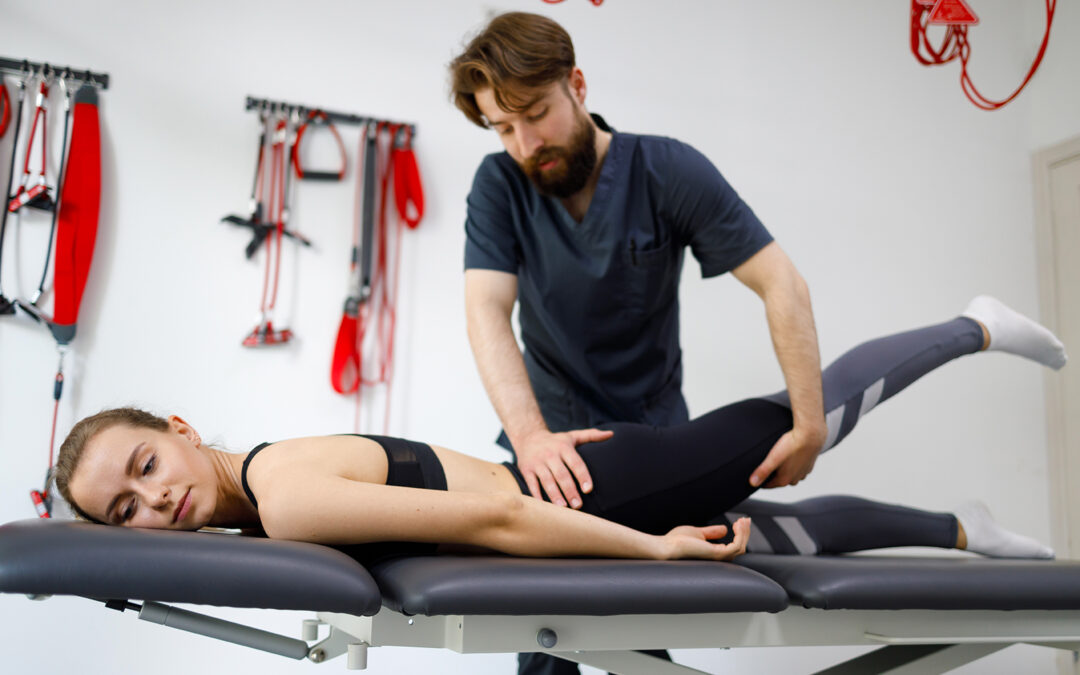Contents
You may have gone through physical therapy treatment at some point during your lifetime for an injury or other physical condition. Did you know that physical therapy can be effective for treating children? It’s true that pediatric physical therapists can treat children with physical injuries, disorders and disabilities. Are you a parent interested in learning more about how PT can help your child? We can help you out with the information below.
What conditions can pediatric physical therapy help improve?
Pediatric physical therapy can benefit children by managing any number of health conditions. If your child’s quality of life is impacted by their physical condition, then it’s time to visit a physical therapist who can help. These are some of the most common physical conditions that pediatric physical therapists treat:
- Injuries from overuse — If your child has become injured from frequently overusing their muscles, joints, ligaments or other tissue, PT can help. Therapists are experienced in exercising the body without aggravating injuries. They’ll help your child recover from their injury and teach them how to avoid experiencing similar types of injuries in the future.
- Traumatic injuries — Just as they can treat overuse injuries, physical therapists are capable of treating traumatic injuries. Children are susceptible to many types of injuries as they explore the world, like broken bones, concussions, and more. A pediatric physical therapist sees young athletes and adventurers each day. They work to help them recover from their injuries so they can get back outside again.
- Genetic disorders — Children who have genetic disorders, including Down syndrome, muscular dystrophy and cystic fibrosis, can benefit from pediatric PT services. Physical therapy can improve your child’s range of motion, physical development and functional movement skills.
- Developmental disabilities or delays — With pediatric PT, children can improve their gross and fine motor skills, balance, and gait. Physical therapists can also help kids acclimate to assistive devices.
What are some techniques a pediatric physical therapist may have your child perform?
There are countless ways that exercise can be integrated into treatment during pediatric physical therapy, including:
- Swimming during aquatic therapy —During aquatic therapy, the pediatric physical therapist will guide your child through movements in the water to gently strengthen their muscles and relieve pressure in the body. Swimming can be a great way to build coordination and muscle strength and relieve discomfort.
- Running and jumping over obstacles — The therapist may use different items, like balls, ladders, chairs and more, to encourage your child to practice maneuvering around physical obstacles. These movements are meant to develop strength and coordination in an engaging way for your child.
- Balancing on beams — The physical therapist may use a balancing beam or have your child walk along a straight line on the floor. This technique can improve balance and coordination.
Allow Lattimore PT to give your child the pediatric PT services they need
Lattimore Physical Therapy & Sports Rehabilitation Network started in 1992. John and Cindy Shuman, husband and wife, first launched their own physical therapy practice intending to improve the quality of life of each community member. Since 1992, Lattimore PT has opened dozens of different locations across New York.
Our team of licensed physical therapists across the state is dedicated to understanding the best treatment for your child. We specialize in taking a “hands-on,” interactive approach with each of our patients to provide them with the best care possible. We aim to make each physical therapy session enjoyable yet productive. The ultimate mark of success is a patient who feels positively impacted by our work. Are you ready to experience “the Lattimore way”?
We’re more than qualified to help address your child’s health concerns in a safe and welcoming environment. We’ll do our best to ensure that your child can begin working toward greater physical comfort and functionality. We treat a wide variety of conditions and patients with unique circumstances. Your child is not just another chart when they come to visit us. Each patient deserves help. Let us be the ones to give your child the help they need.
Contact our team today for more information or to schedule an initial appointment.



